However other two programmes I do recall are Lucy Worsley's Harlots, Housewives and Heroines: A 17th Century History for Girls which was a fascinating study of women in Restoration England and the most recent, last year in fact was The Story of Women and Art which was presented by Amanda Vickery.
In Lucy's programme it was Aphra Behn, the first professional female writer who I remember most and in Amanda's programme it was two women who lived on the peripheries of the art world but whose work was equal to their male contemporaries. These women were Angelica Kauffman and Anne Seymour Darmer.
These two women were brilliant artists so why is it that we not know little about their talents? Florence Hallett, art writer and critic explains:
" the truth is that those of us who do not believe that women lack the talent to become artists have by and large fallen for a bigger and more pernicious lie, that women artists have barely existed at all, so successfully were they shut out from the male realms of education, training and business."
All these women had to work in a world that was predominantly male, and as it has quite rightly been put "misogynistic and medieval in its outlook."
Wouldn't it be nice to see a little bit, no a lot more of the achievements of women on our screens more often.
Thanks to both Lucy and Amanda, please keep up the good work.
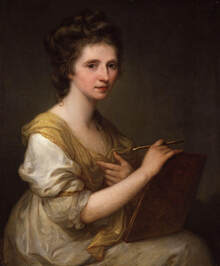
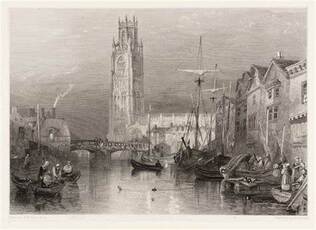

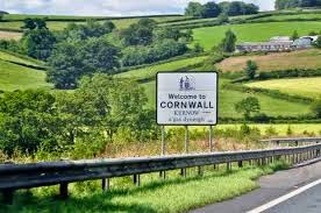
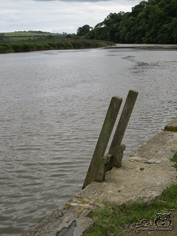
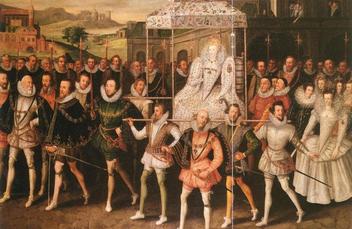
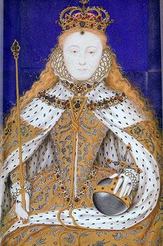

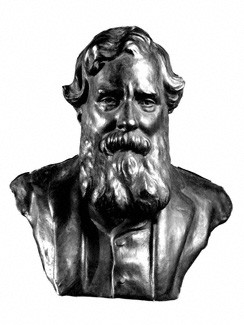
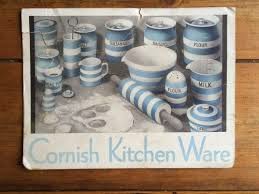
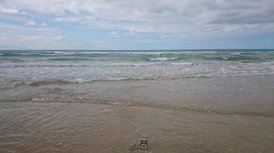

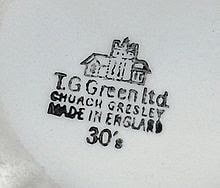
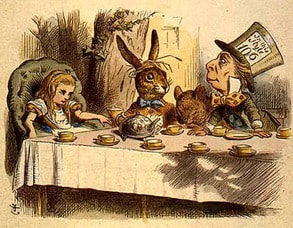
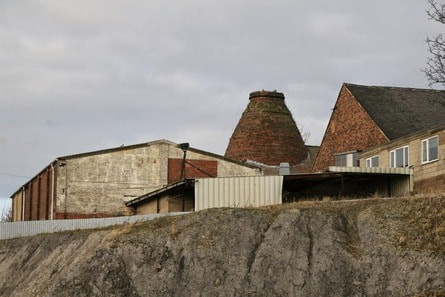

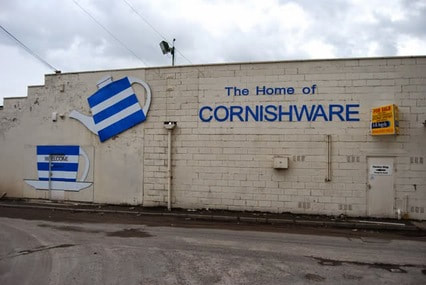
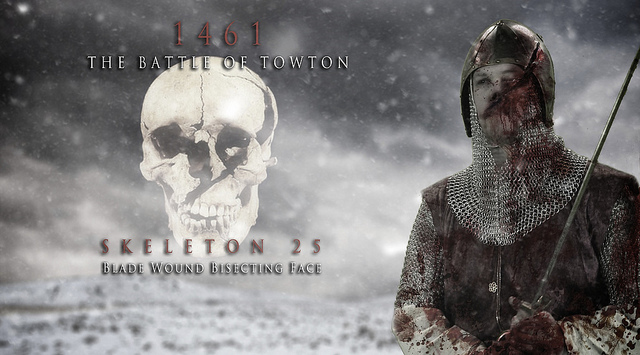

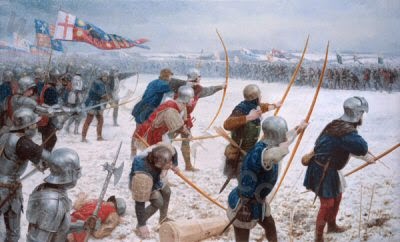
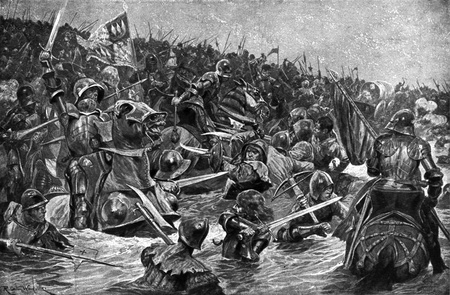

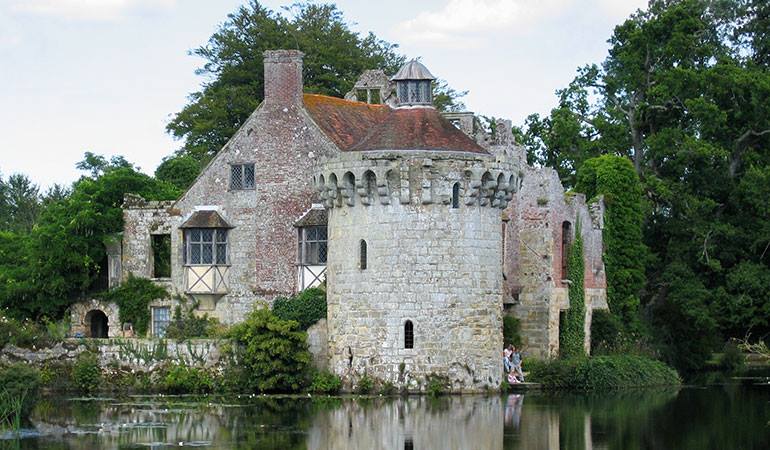

 RSS Feed
RSS Feed
